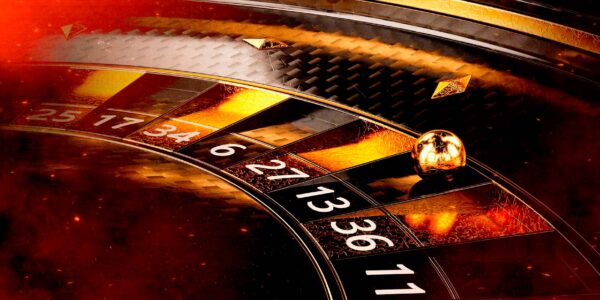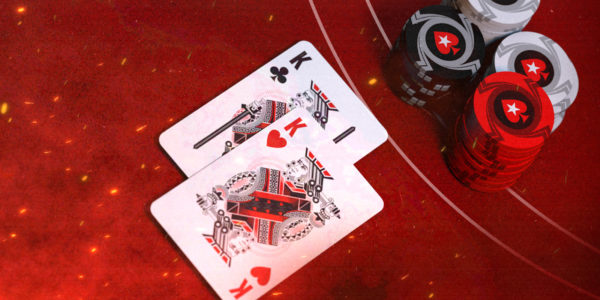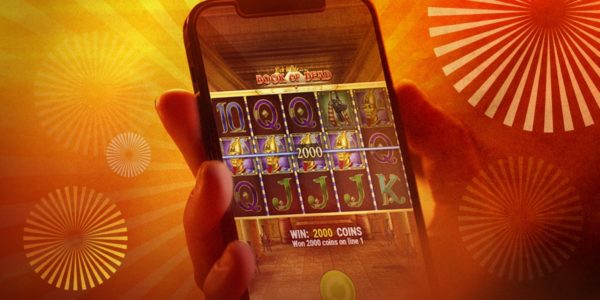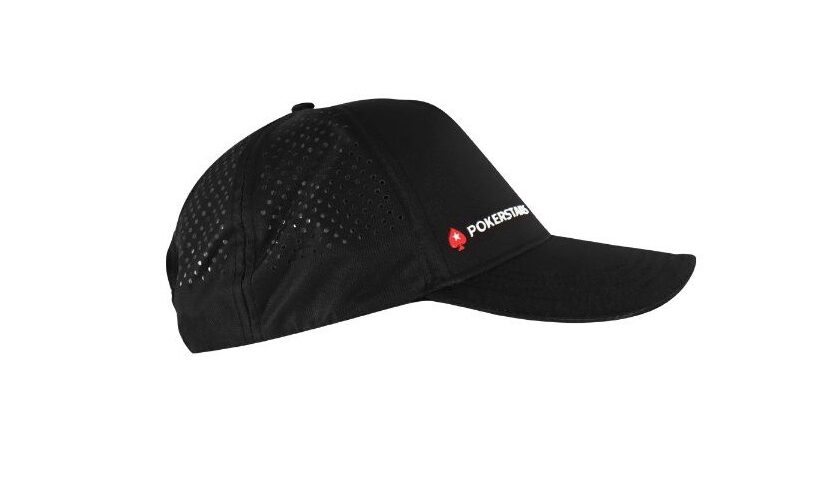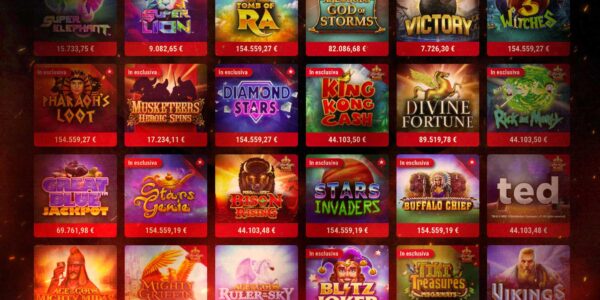All You Need to Know About RTP in Slots
If you’ve ever heard somebody talking about RTP in slots and wondered what on earth they’re talking about, wonder no more. Here’s what RTP is and how you can make use of it to improve your slots experience.
What does RTP stand for?
As a player, it is important to understand RTP. It stands for “Return to Player”. Expressed as a percentage, this figure simply represents the amount of money a player can expect to win from their bets in casino slots or other games. If you play a game with an RTP of 95%, then for every $1 you bet you can expect to receive $0.95 back.
Essentially, RTP represents the house edge of the game. In this example, the house edge is 5%. This means that an RTP will always be less than 100% – if it were more, then the casino would be losing money on the game.
Of course, the RTP is calculated over a gigantic sample size of simulated betting rounds. It doesn’t mean that you will lose exactly 5% of your bankroll if you play a game with a 95% RTP. Even a long, sensibly managed gaming session over the course of hours is unlikely to reflect the true RTP of a slot.
Basically, for the individual slots player, the possibility of winning more or losing less than the RTP indicates is very likely. That said, there’s a good chance that you’ll be more likely to win in any given session if a game has a 98% RTP instead of a 90% RTP.
Is RTP the same as volatility?
In a word: no. However, the concepts are closely related enough that they wouldn’t legally be allowed to marry one another.
What is volatility in slots?
The volatility of a casino slot refers to the way that the RTP is distributed. This is why there’s no guarantee you’ll win more on a 98% RTP slot than a 90% RTP slot over a small sample. To explain, let’s take two extreme examples of two different 95% RTP slots.
On the first game, you bet $1 per spin for 1,000 spins and lose 999 of them, winning $950 on one spin. On the second game, you bet the same $1 per spin for 1,000 spins and lose $1 on 300 spins, win $0.50 on 300 spins, win $3 on 300 spins and win $5 on 100 spins.
In both games, you’ve bet $1,000 and received $950 back for an RTP of 95%. The first game is a high volatility slot: it doesn’t pay out often, but when it does, it pays big. The second game is a low volatility slot that rarely pays out big wins but gives you frequent smaller wins.
What is a normal RTP for slots?
Most online slots will have an RTP of somewhere in the range of 92% to 97%. However, you may find some that are slightly lower or higher than this. The game developer, not the casino, is the one who decides what the RTP will be. If it is too high, the game will not be profitable for a casino to host; too low, and players will not enjoy the experience.
However, they also need to balance the RTP against the game’s volatility, the number of paylines and the frequency of bonus features and minigames to ensure that players have a good time spinning the reels. A slot with a lower RTP accompanied by a lower volatility and frequent bonus features is likely to be a much more popular game than a high RTP slot with extreme volatility. It isn’t fun to play more than a few dozen spins without hitting some kind of win, after all.
How to find a slot RTP?
Every slot you play at PokerStars Casino will have the RTP information freely available. When you head to the slots page you will see an “I” button on the game icon thumbnail. When you click this, you will be able to see the Return to Player percentage. You can also see other stats such as the bet limits and any bonus features available in the game.

If this button is unavailable, you will usually be able to find the RTP in the paytable of the game. Failing that, check the settings menu.
Which slots have the best RTP?
You should consider any online slot with an RTP of more than 97% to have a better than average return. At PokerStars Casino, we’ve got a few slots with an RTP of that or higher. Here are some of the top picks:
- Ali Baba Jackpot (98.19% RTP)
- Rosella’s Magical Multipliers (97.07% RTP)


